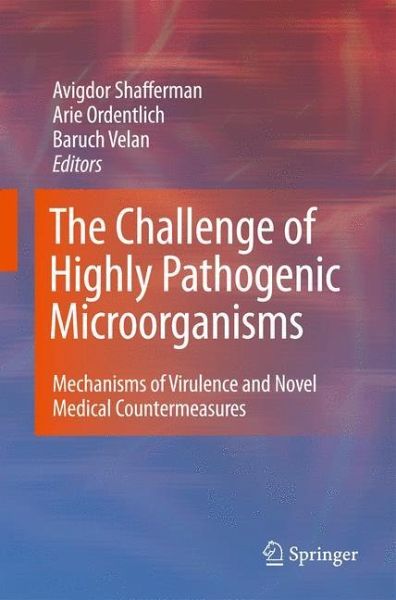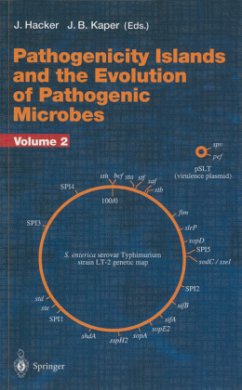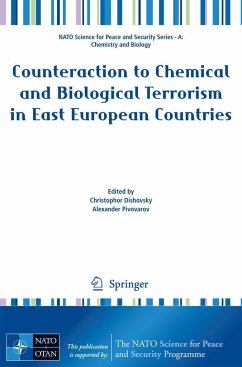
The Challenge of Highly Pathogenic Microorganisms
Mechanisms of Virulence and Novel Medical Countermeasures
Herausgegeben: Shafferman, Avigdor; Velan, Baruch; Ordentlich, Arie

PAYBACK Punkte
76 °P sammeln!
The OHOLO conferences are sponsored by the Israel Institute for Biological Research and take their name from the site of the ?rst meeting on the shores of Lake Kinnereth. The purpose of these meetings is, as it was at their inception over 50 years ago, "to foster interdisciplinary communication between scientists in Israel, and to provide added stimulus by the participation of invited scientists from abroad". The core of the organizers of the OHOLO conferences are scientists from the Israel Institute for Biological Research. From time to time a particular OHOLO conference cooperates with an in...
The OHOLO conferences are sponsored by the Israel Institute for Biological Research and take their name from the site of the ?rst meeting on the shores of Lake Kinnereth. The purpose of these meetings is, as it was at their inception over 50 years ago, "to foster interdisciplinary communication between scientists in Israel, and to provide added stimulus by the participation of invited scientists from abroad". The core of the organizers of the OHOLO conferences are scientists from the Israel Institute for Biological Research. From time to time a particular OHOLO conference cooperates with an international scienti?c organization. The present 46th OHOLO Conference marks the resumption of the OHOLO tradition after 8 years of interruption caused by events beyond our control. It is my belief that our uncomp- mising commitment to excellence in research and development in the various areas of science in Israel is essential to our survival in this troubled region. The OHOLO conference tradition is a re?ection of this conviction. The present 46th OHOLO Conference entitled: The Challenge of Highly Pathogenic Microorganisms - Mechanisms of Virulence and Novel Medical Countermeasures intends to address the unique virulence features and ho- pathogen interactions of microorganisms constituting emerging biothreat with emphasis on Y. pestis, B. anthracis, F. tularensis and Orthopox viruses. Accordingly we selected classical microbiological as well as genomic, proteomic & transcr- tomic approaches towards developments of novel prophylactic and post-exposure treatment, as well as updated strategies of diagnostics and bioforensics.














